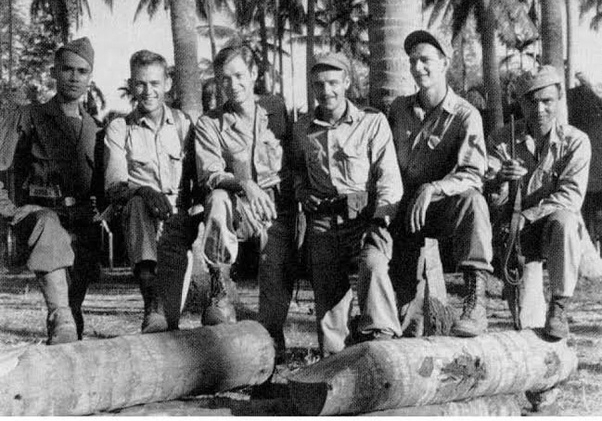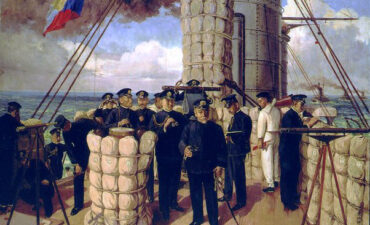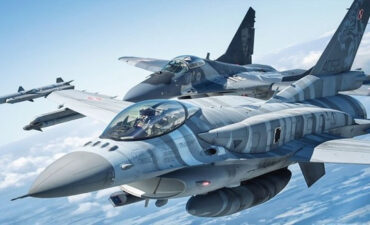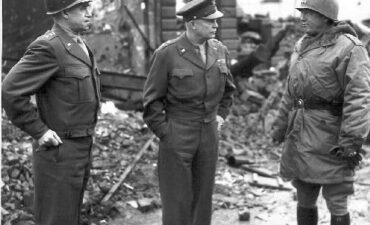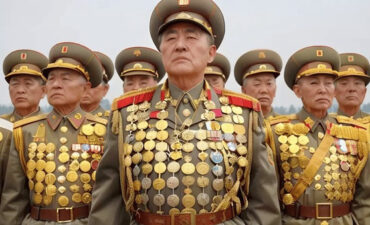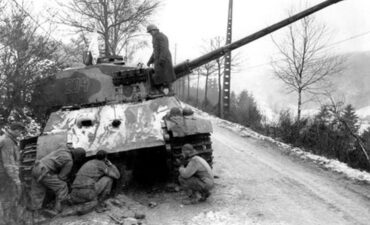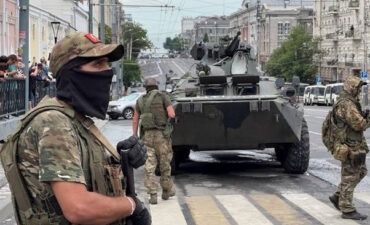What made fighting Imperial Japan tougher or more frightening than fighting the Nazis?
What made fighting Imperial Japan tougher or more frightening than fighting the Nazis? Fighting Imperial Japan during World War II presented unique challenges that made it tougher or more frightening compared to fighting the Nazis in Europe. Here are some key factors:
Geography and Terrain:
The Pacific theater was characterized by vast distances and difficult island terrain. U.S. and Allied forces had to conduct amphibious assaults on heavily fortified islands, dealing with dense jungles, coral reefs, and extreme weather conditions. The logistical challenge of moving men and supplies across the Pacific Ocean was immense, making operations more complicated.
Fanatical Resistance:
The Japanese military followed the Bushido code, which emphasized honor and often encouraged fighting to the death rather than surrendering. Japanese soldiers would frequently refuse to give up, preferring death in battle or even committing suicide, which led to intense and prolonged fighting. This mindset led to banzai charges, kamikaze attacks, and a lack of conventional surrender, creating a relentless and psychologically intense combat experience.
Kamikaze Attacks:
The Japanese employed kamikaze tactics, where pilots would deliberately crash their planes into Allied ships. This type of suicidal warfare was particularly frightening for Allied forces, as it represented a level of desperation and unpredictability that was difficult to counter and had a demoralizing effect.
Jungle Warfare:
The dense jungles in the Pacific made fighting a grueling experience. Soldiers had to contend with heat, humidity, disease (such as malaria), and limited visibility, often facing ambushes from well-concealed Japanese forces. The close-quarter nature of jungle warfare heightened the sense of danger and unpredictability.
Cultural Differences:
There were stark cultural differences between the Japanese and Western Allied forces, leading to misunderstandings and deep-rooted hatred. The Japanese military’s treatment of prisoners of war and civilians (often involving brutal tactics) further fueled Allied soldiers’ fear and determination to avoid capture at all costs. The dehumanization on both sides contributed to a more intense and brutal form of warfare.
Island-Hopping Campaign:
The strategy of “island-hopping” required Allied forces to capture one island at a time, inching closer to Japan. Each island was heavily defended, and the fighting was often house-to-house or cave-to-cave. Battles like Iwo Jima and Okinawa were extraordinarily bloody, with high casualties on both sides, which made each victory feel costly and the campaign seem never-ending.
Isolation and Psychological Stress:
Fighting in the Pacific often left soldiers feeling isolated, far from home and with minimal support. The vast ocean separated them from reinforcements or evacuation, adding to the stress and fear of battle. The brutal nature of the environment, combined with the tenacity of the Japanese defense, led to high psychological strain among Allied troops.
These factors combined to create a theater of war that was particularly grueling and psychologically taxing, often described as more intense and unforgiving compared to the European front against Nazi Germany.
